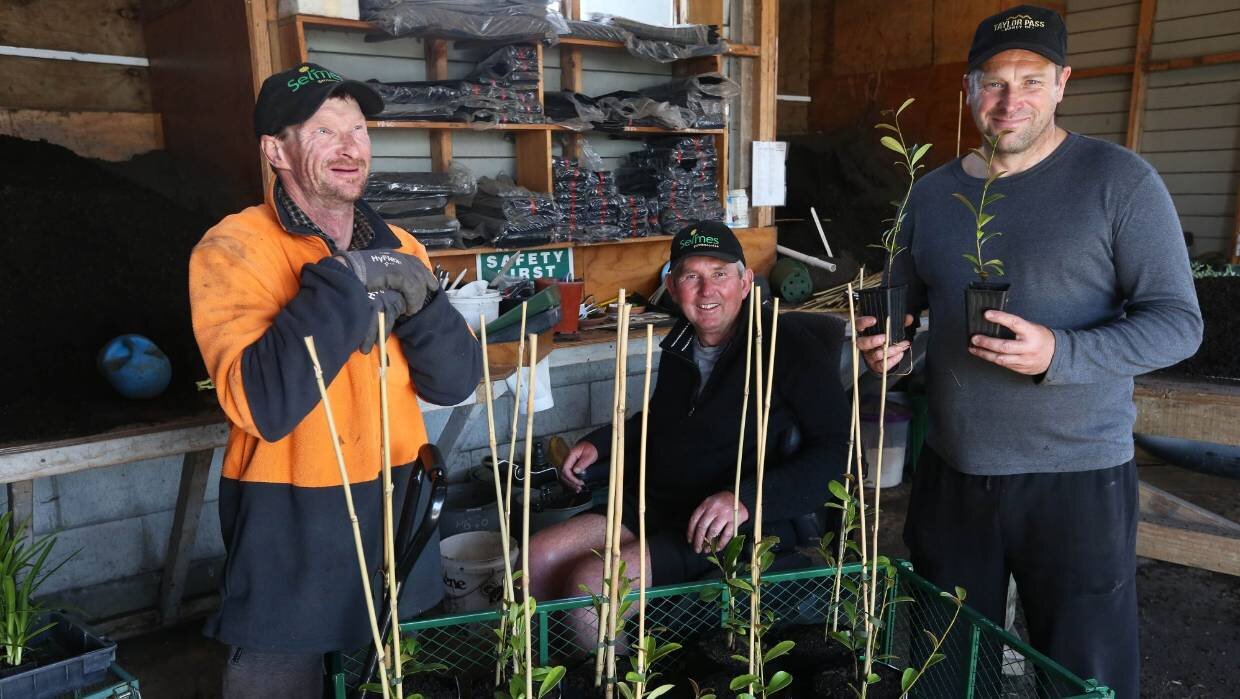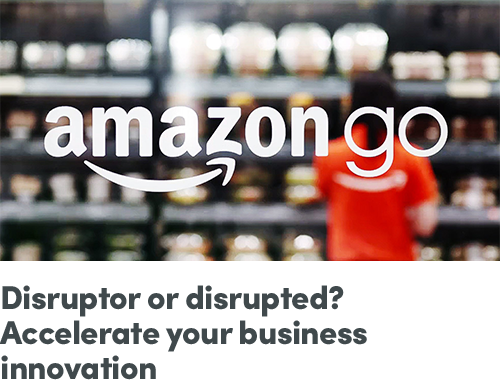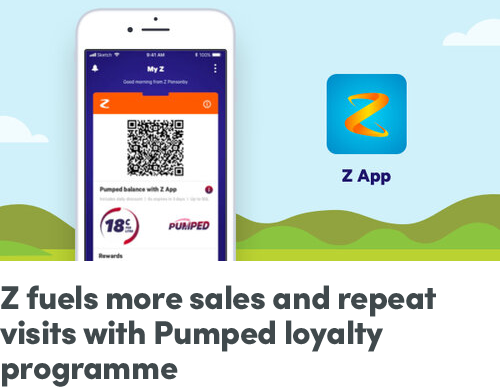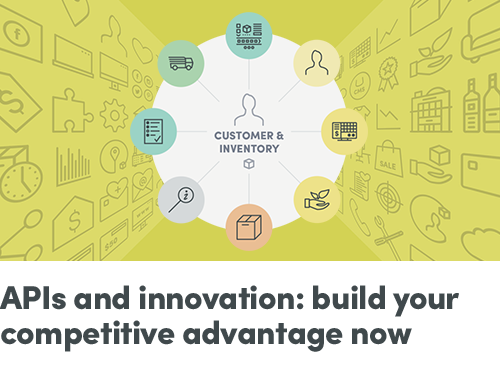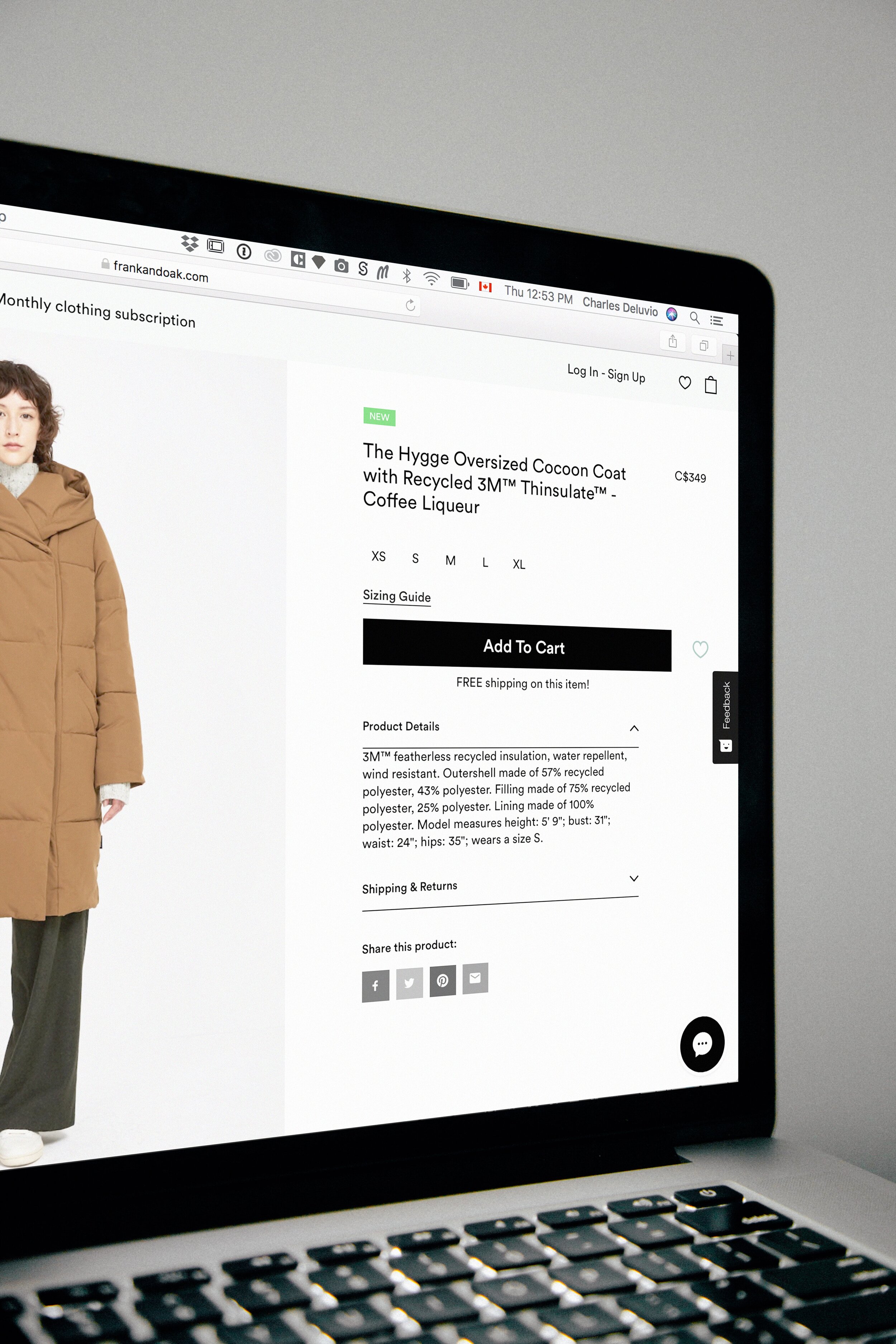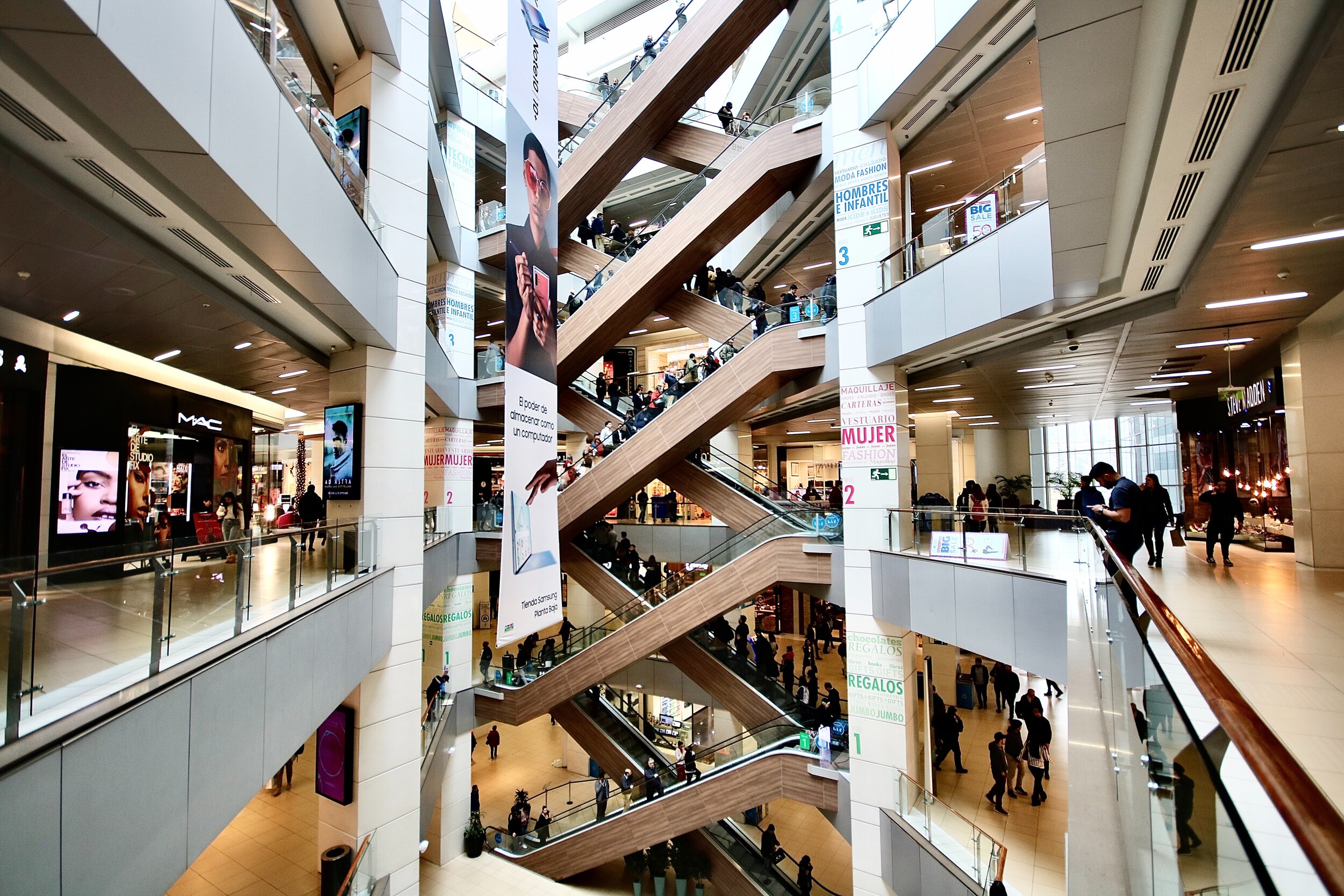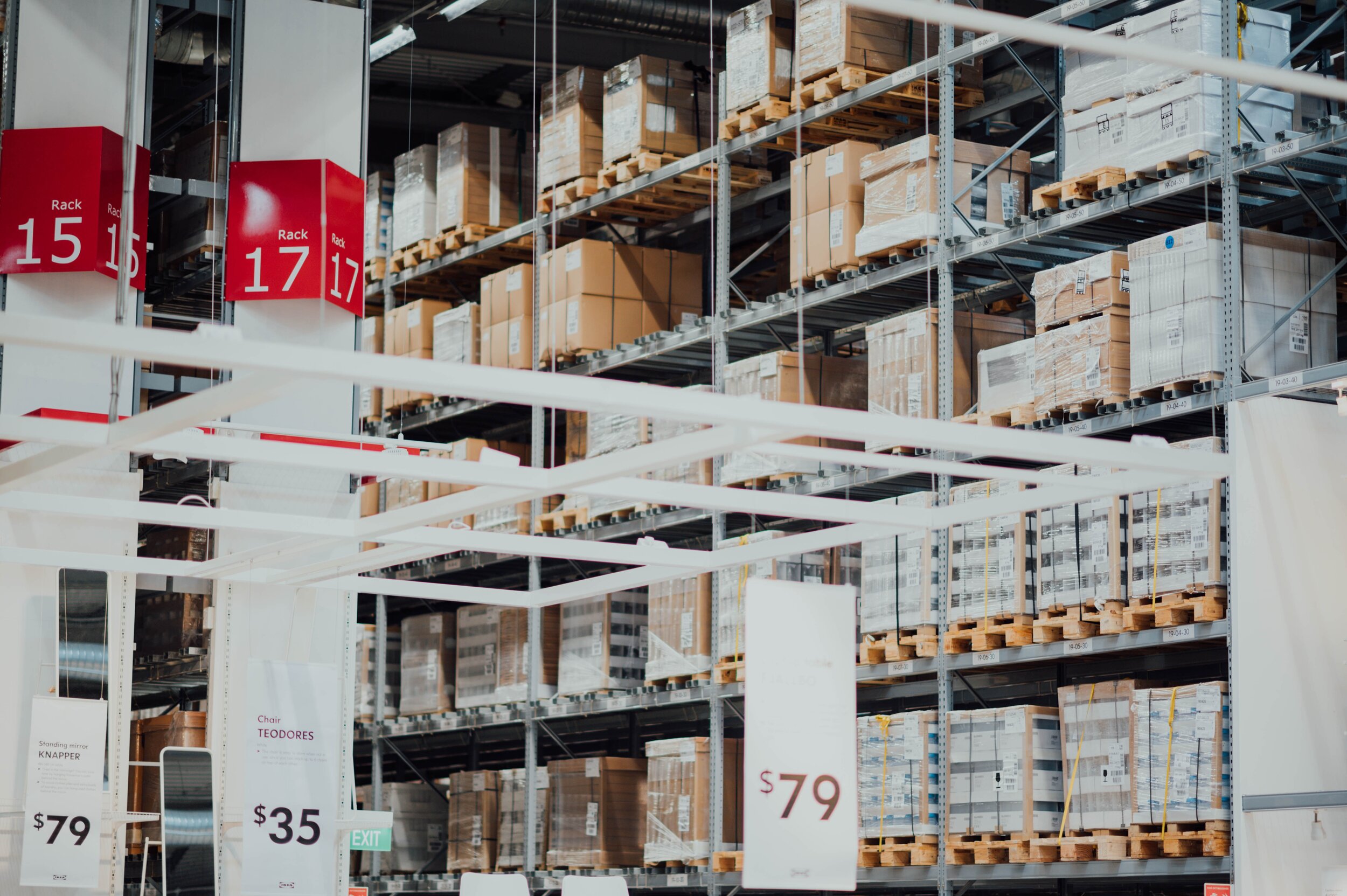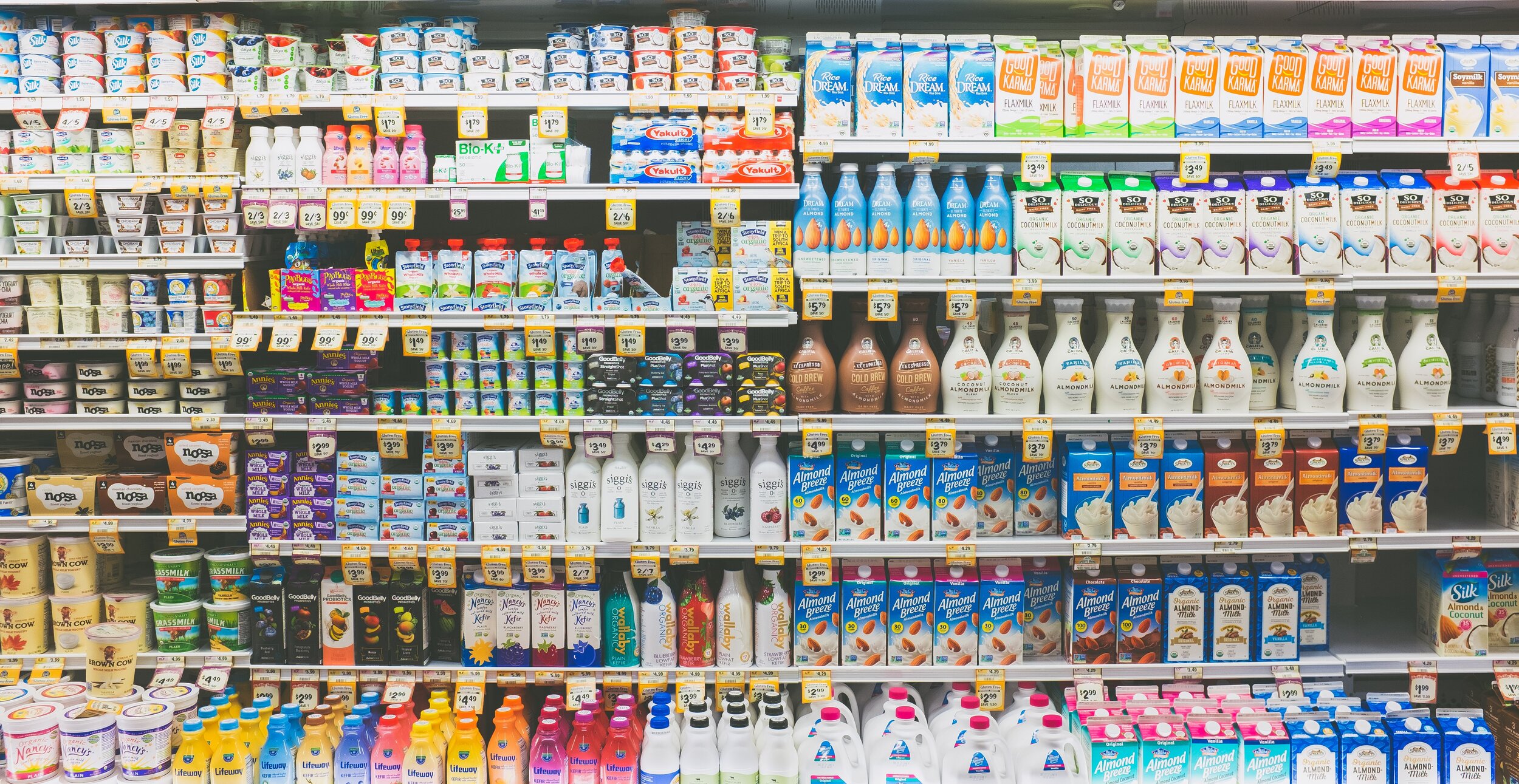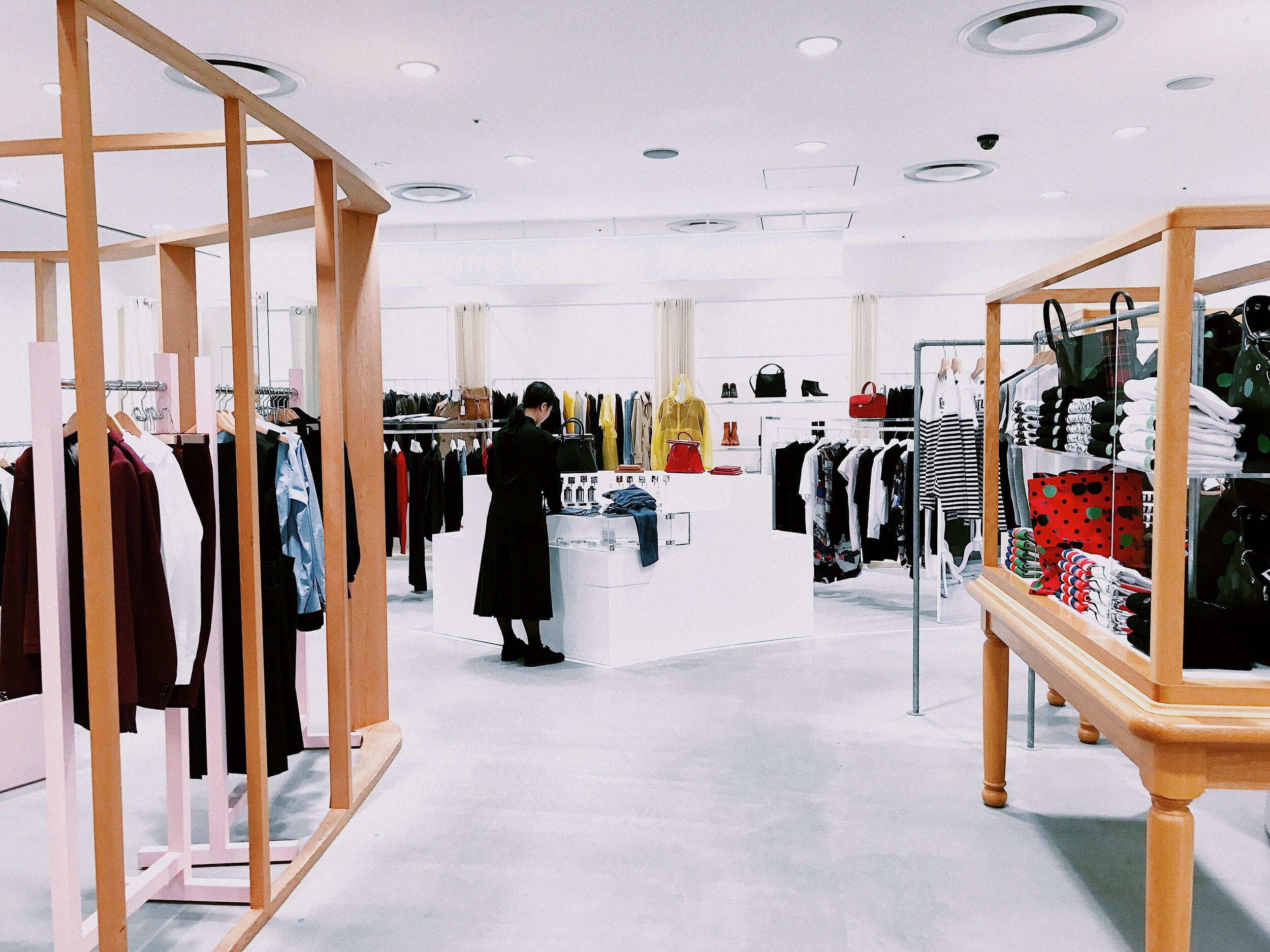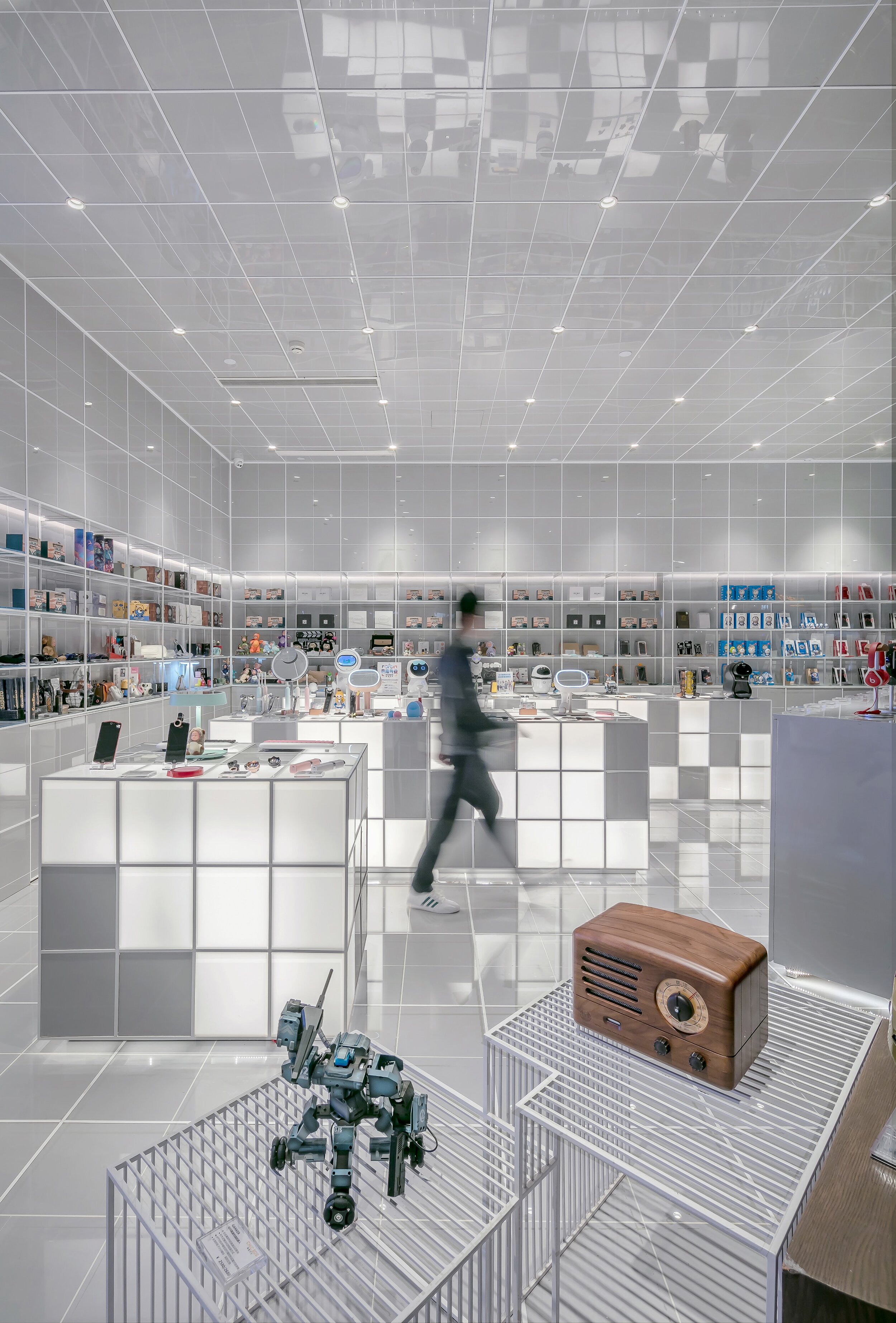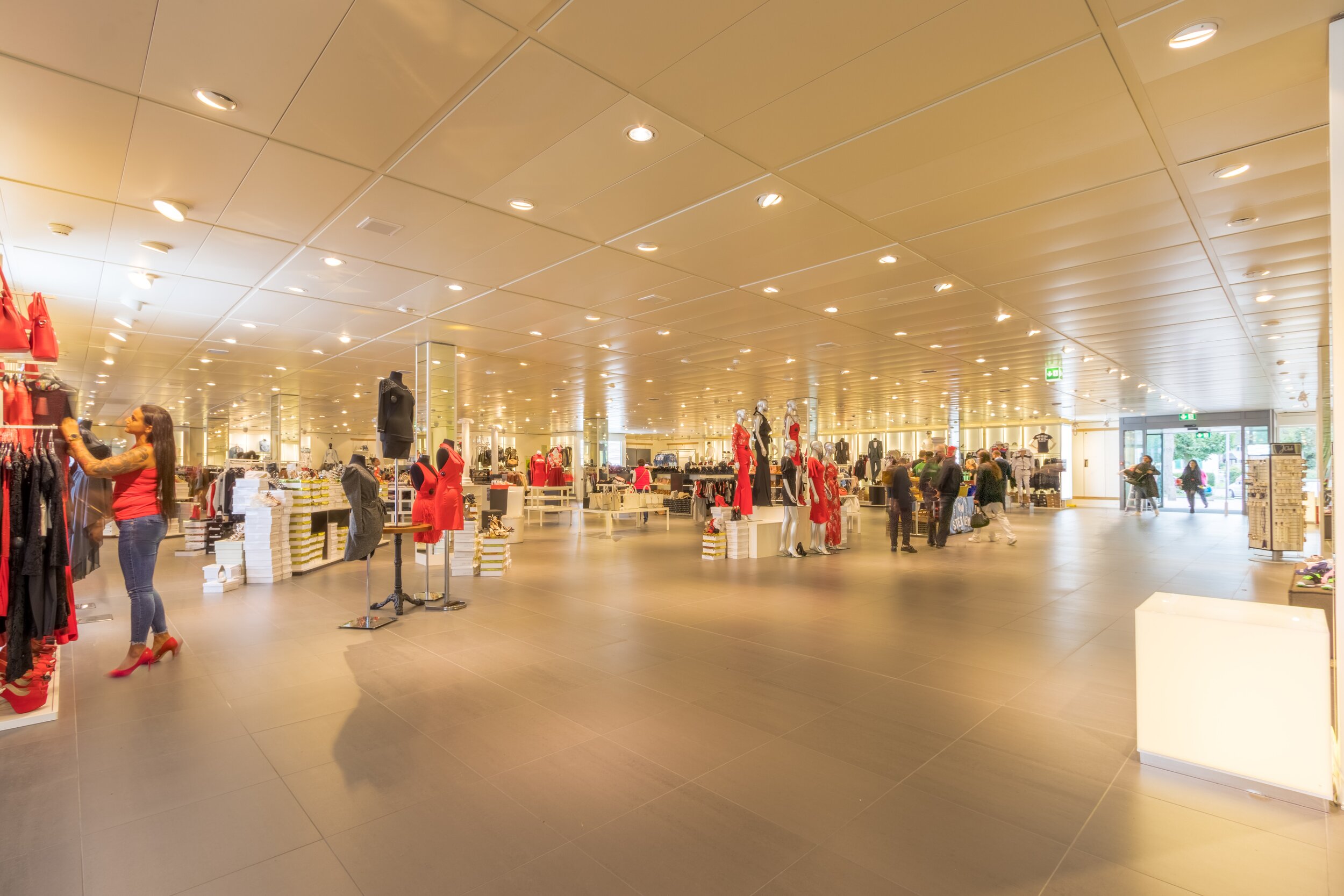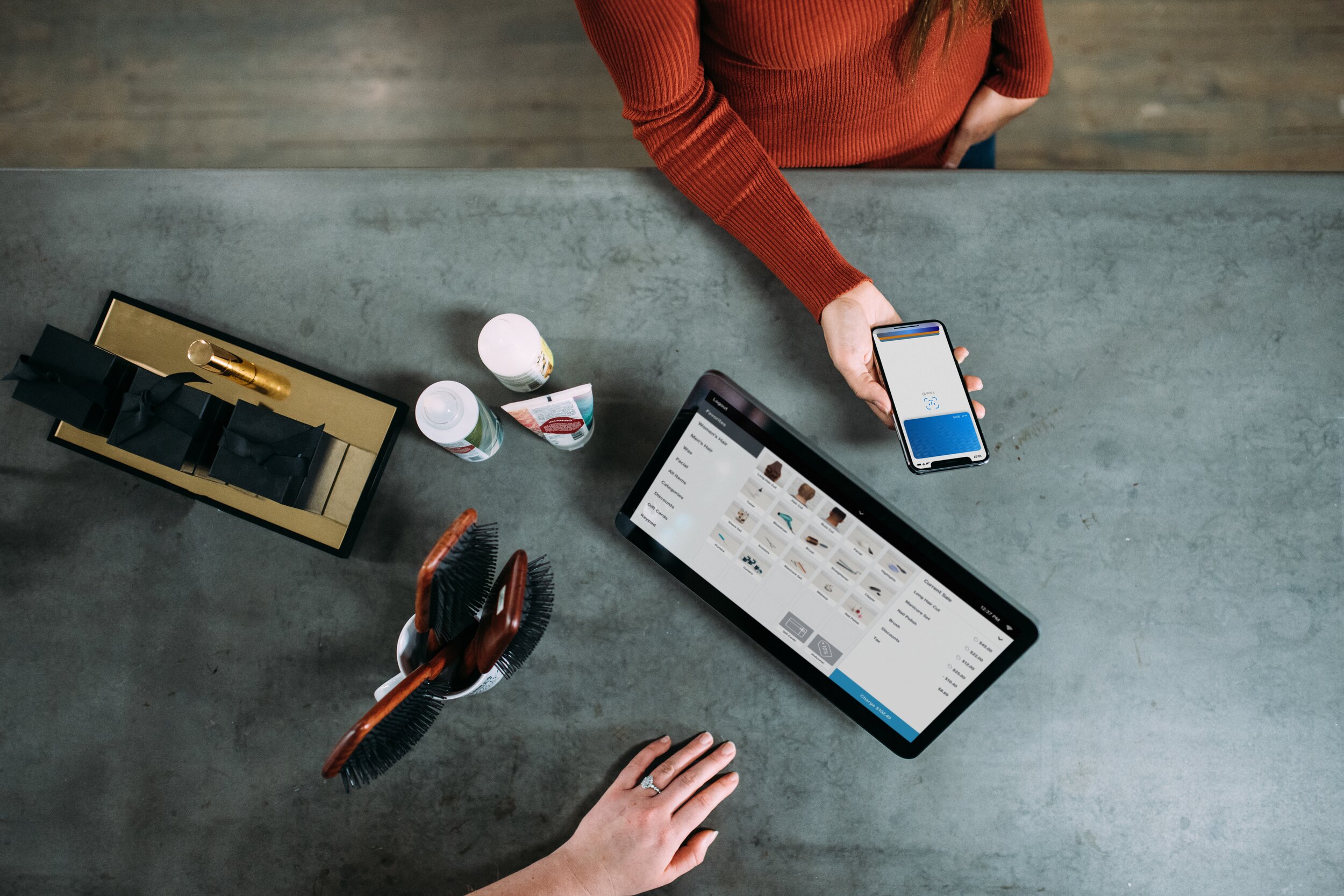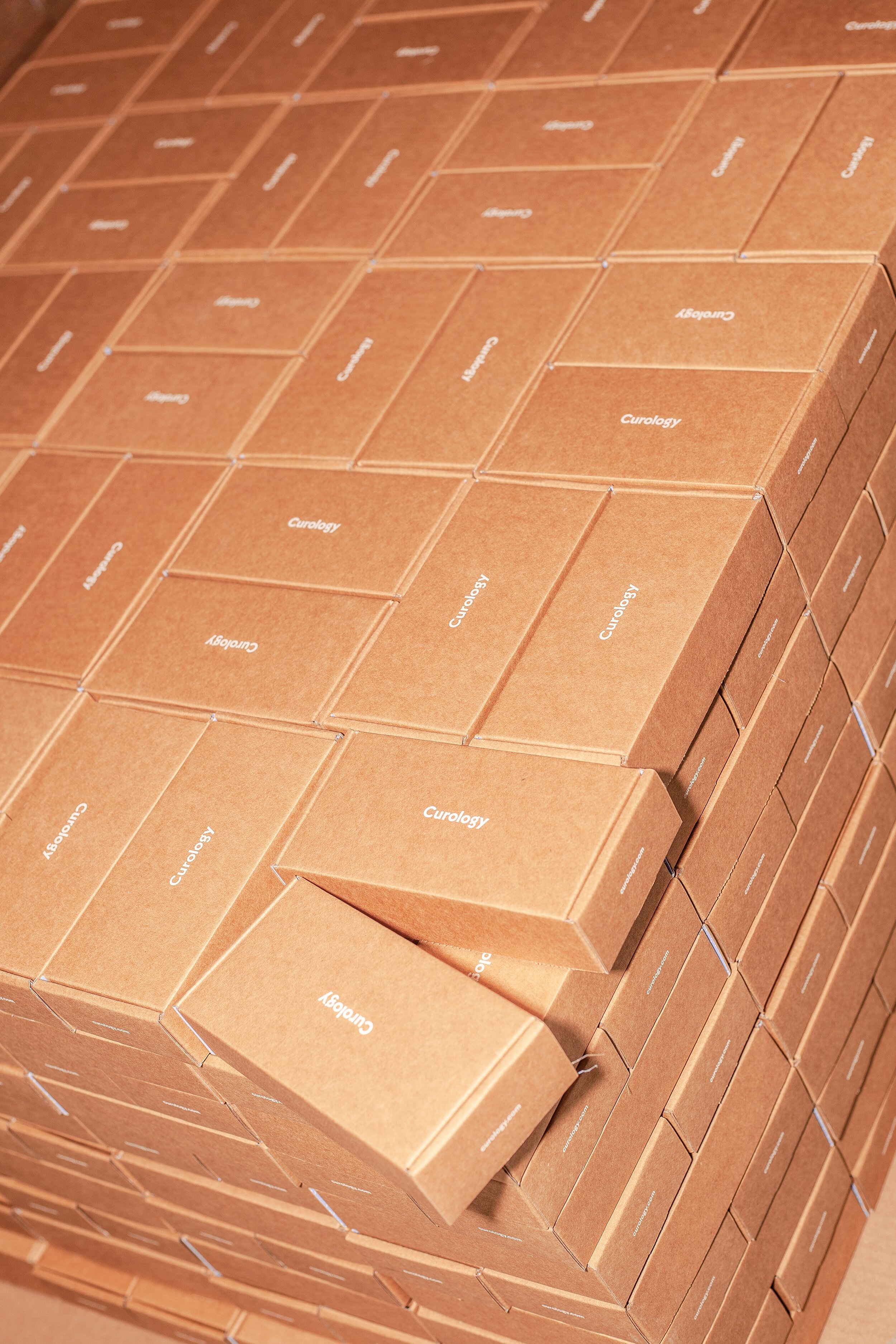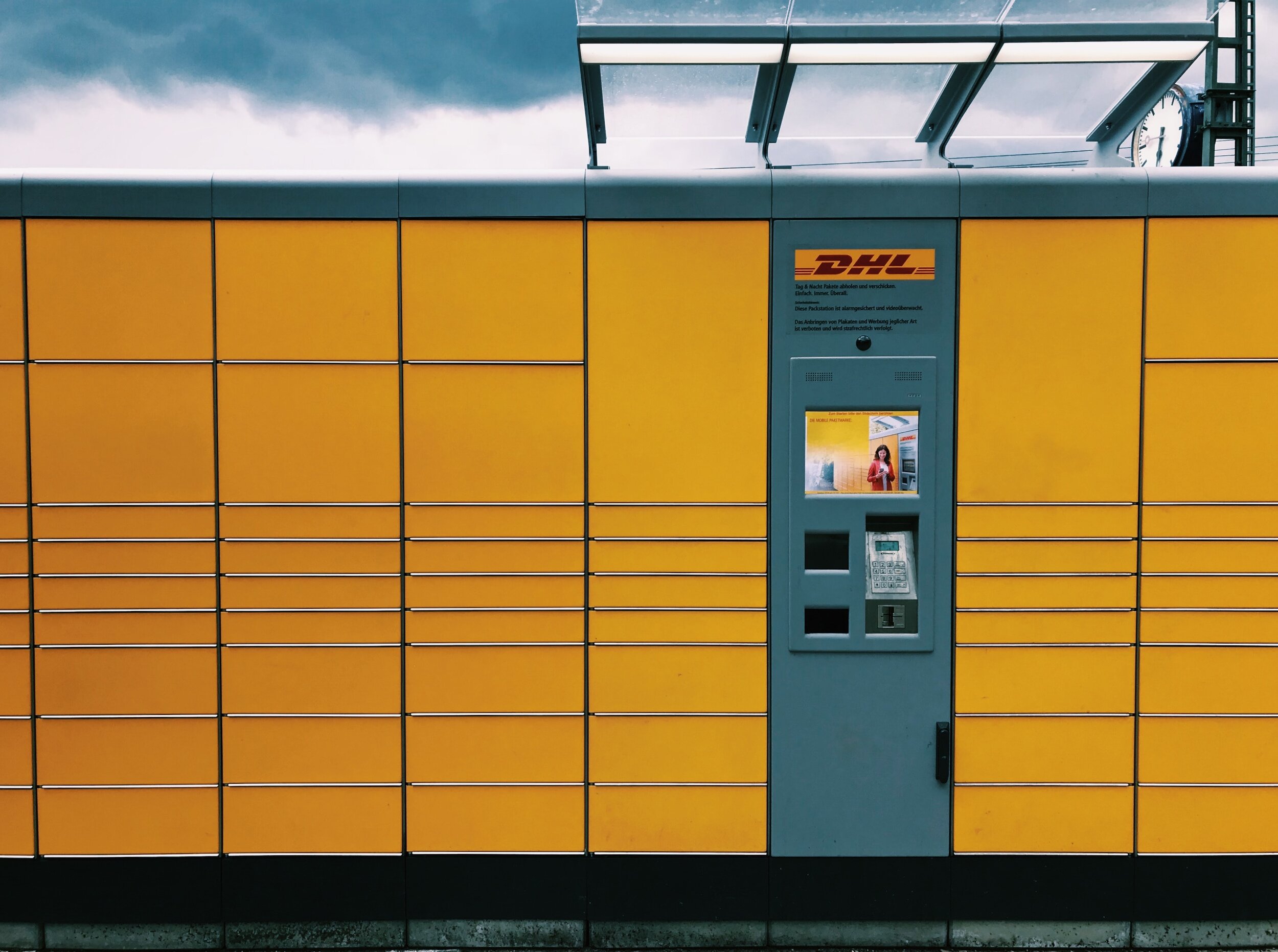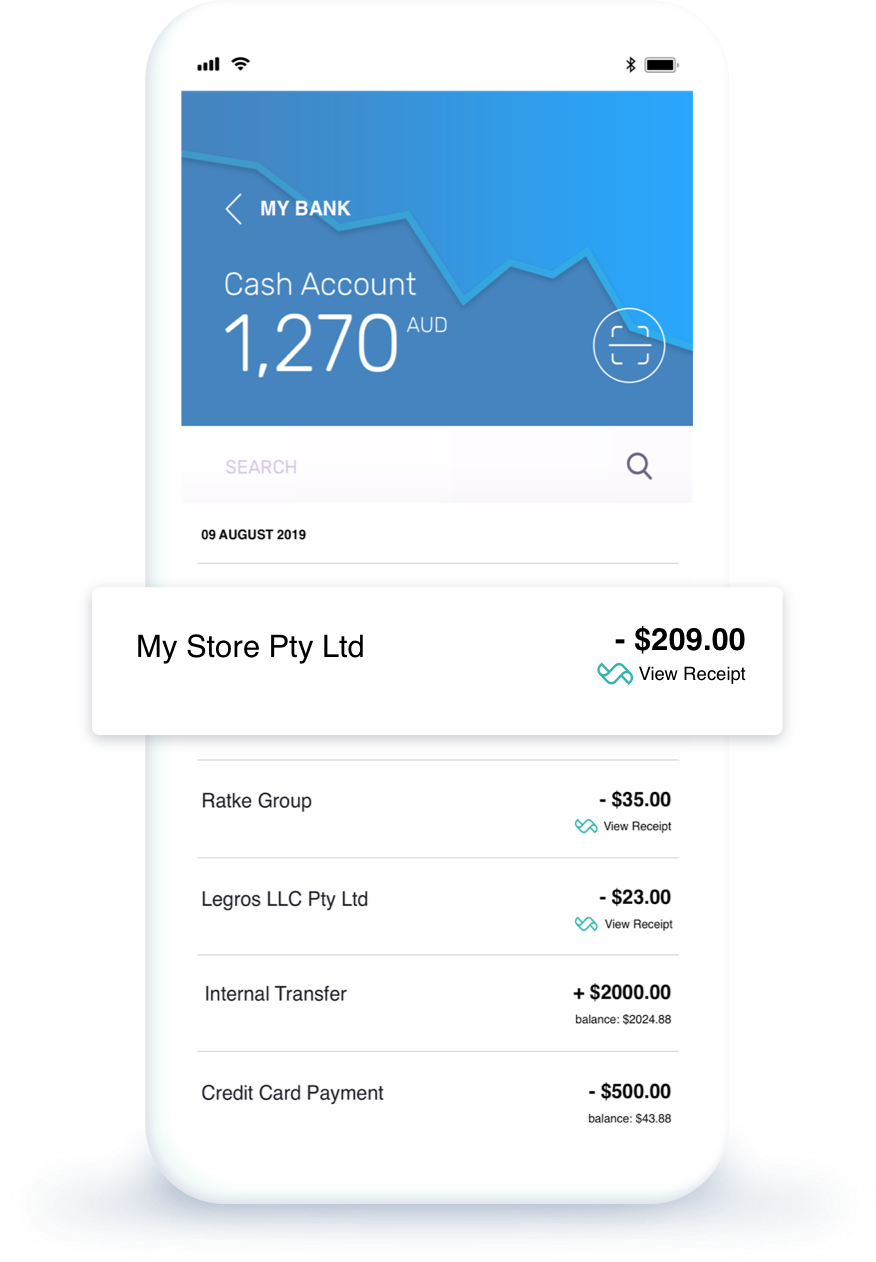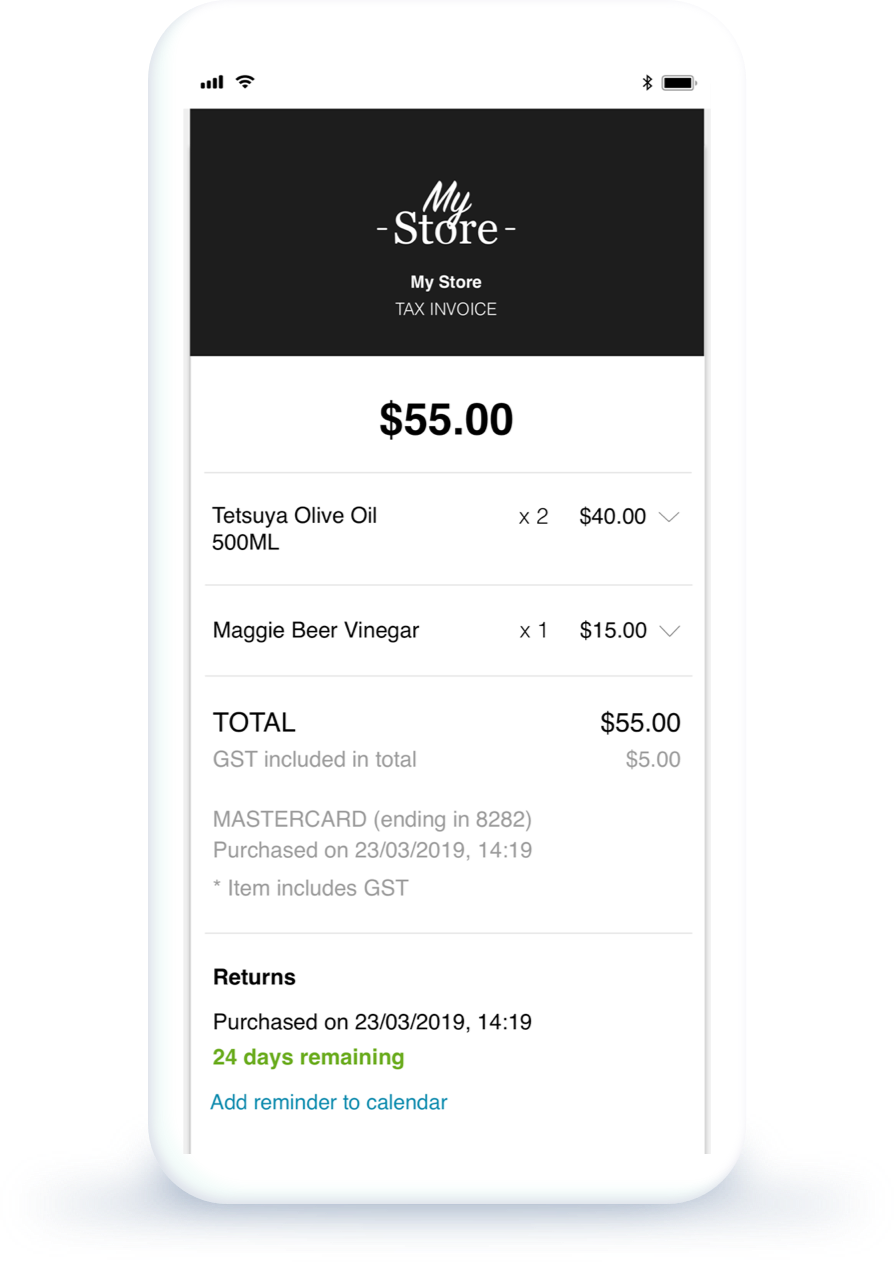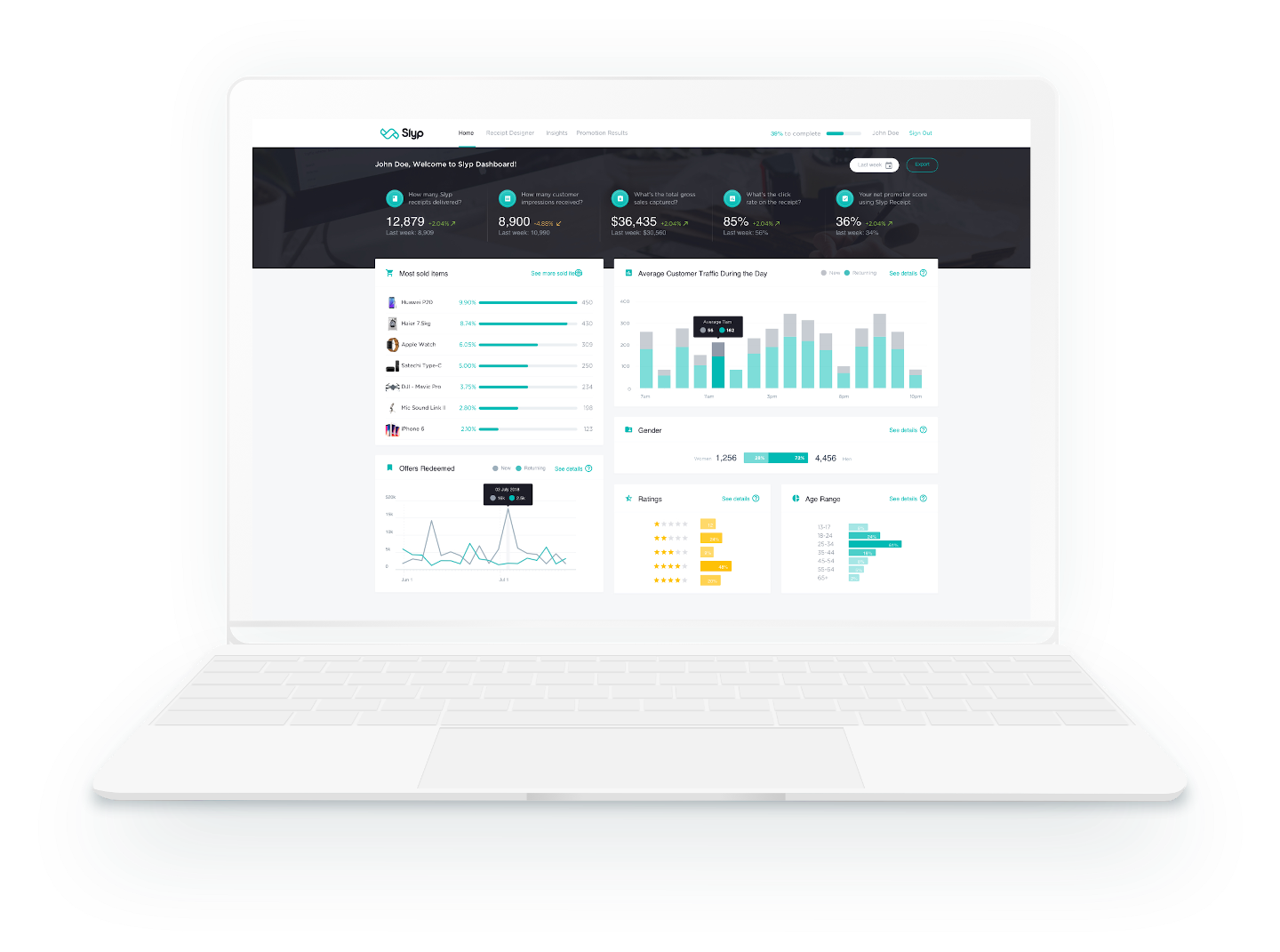Many of us in the tech industry spend at least some of our time working remotely. Collaboration tools such as Slack and Microsoft Teams make it easier than ever to effectively work outside the office.
However, with so many of us used to having the people we need to collaborate with only a few desks away, how do you stay productive and meet the expectations that you have set for yourself and your team? For remote working to be viable, your colleagues and customers need to be able to expect that you will be able to operate at the same level as when you are in the office.
For the last five years, I have spent the majority of my work time working from home, and here are some tips I’ve learned along the way.
Over communicate
This one seems simple at first glance, and it is but takes discipline. When you are in the office, you can easily get a sense of what is happening within your team. A project manager can see four people huddled around a screen looking concerned and ask questions accordingly. You can bump into someone in the kitchen and it reminds you of that question that you had for them.
When it comes to remote work, you need to compensate for that. It’s your job to make sure you communicate what you are working on, and connect with your team on progress and issues. Make sure you clearly state what you are working on and any issues you are facing.
If you need some deep thinking time (or you are off on a KFC run), update your Slack status so people know you aren’t going to respond straight away. Make sure you check back in when you get a break and update your status.
Oh and use video when you can, just make sure you don’t accidentally turn on video when you are in your bath robe.
Make sure your tech is working!
The number one thing here is to make sure you have a reliable internet connection. I would prioritise stability over speed here – I coped fine with 15Mbps for a couple of years until better options were available to me. It has always been connection drop outs that have caused problems.
Internet is going to be key to your ability to over-communicate, and if you have a semi-decent connection you’ll be able to manage video calling. Most laptops don’t have great microphones or cameras, so a headset is a must-have accessory and get a camera if you can. Depending on your role and work environment, a second screen and Bluetooth keyboard/mouse are as important as a headset.
Think about your work environment
This varies greatly based on personal preference and what options you have available to you, but you need to set yourself up in a space that allows you to focus, reflects your personality and gives you the best chance of being successful. I’m pretty fortunate in that I’ve been able to set up a dedicated office in my garage where I can shut my door and stop any interruptions (remember BBC Dad?).
For you, it might mean that you are working at your dining table and adjusting the way you work to fit family life. What are the things in your environment that are going to be distracting or help you work? Some people need a bit of white noise (Test cricket is great for this), or find it too distracting (Test cricket applies here for me too).
Adjust your working style
When I first started working remotely, the biggest shock was the lack of casual conversation that you get from being with other people which acts as small breaks throughout your day. And temptations are everywhere when you’re at home - the fridge and TV are only steps away. If you’re inclined to procrastinate or get distracted, create a daily routine and stick to it.
In the morning, don’t just roll out of bed and login. Shower and get dressed as you would for a day at the office. And start early. You need the same spin up time for your brain as when you travel to work – Miles has a set routine that involves coffee.
Figure out a strategy that works for you. Are you more productive in the morning or the afternoon? That might help you decide what types of tasks you do at different times of the day. You may be motivated by small breaks throughout the day, or get away from your screen for a longer stretch in the middle of the day.
Also consider your personal circumstance. If you are working at your kitchen table, you may have children distracting you when they come home from school. Consider adjusting the types of work you do at those times, organising child care or using flexible hours to avoid that conflict. Ensure your family and house mates know that when you’re at your desk (or computer), you’re in work mode.
Avoid remote working guilt (and reap the rewards)
Because your work is just there, it can be easy to get into the habit of working longer hours as a remote worker. Part of that is a feeling that you need to be seen to be working, because you aren’t in the office with everyone else.
Log off at the end of each day when you typically do and don’t get sucked into working just because you can.
You get to avoid the daily commute so think of what you can do with that extra time each day. Take your dog for a walk, hang out a load of washing or pick up that book you’ve always wanted to read.











